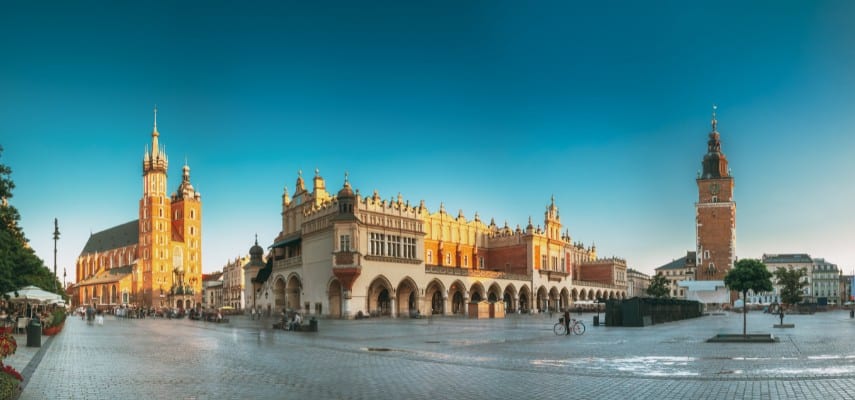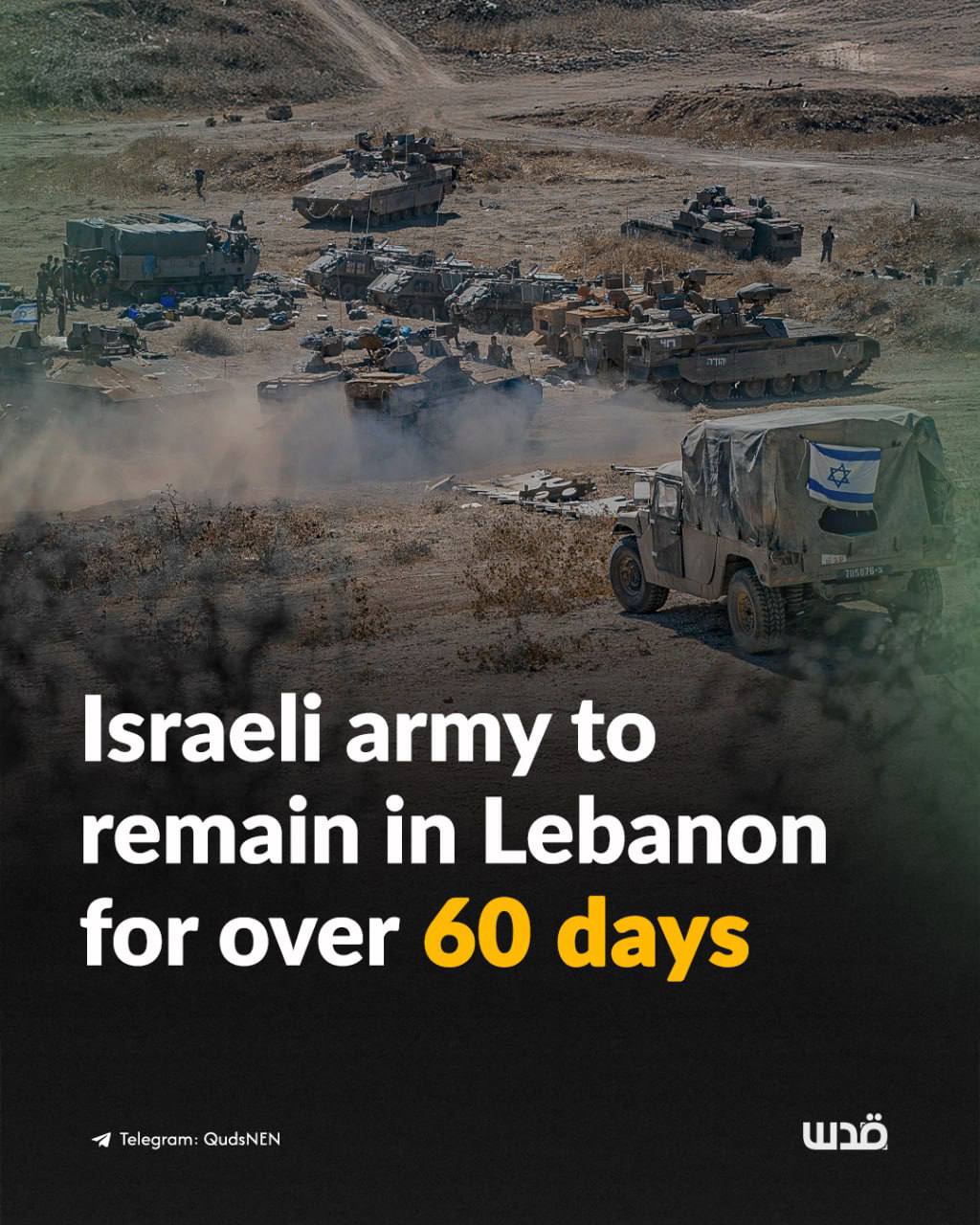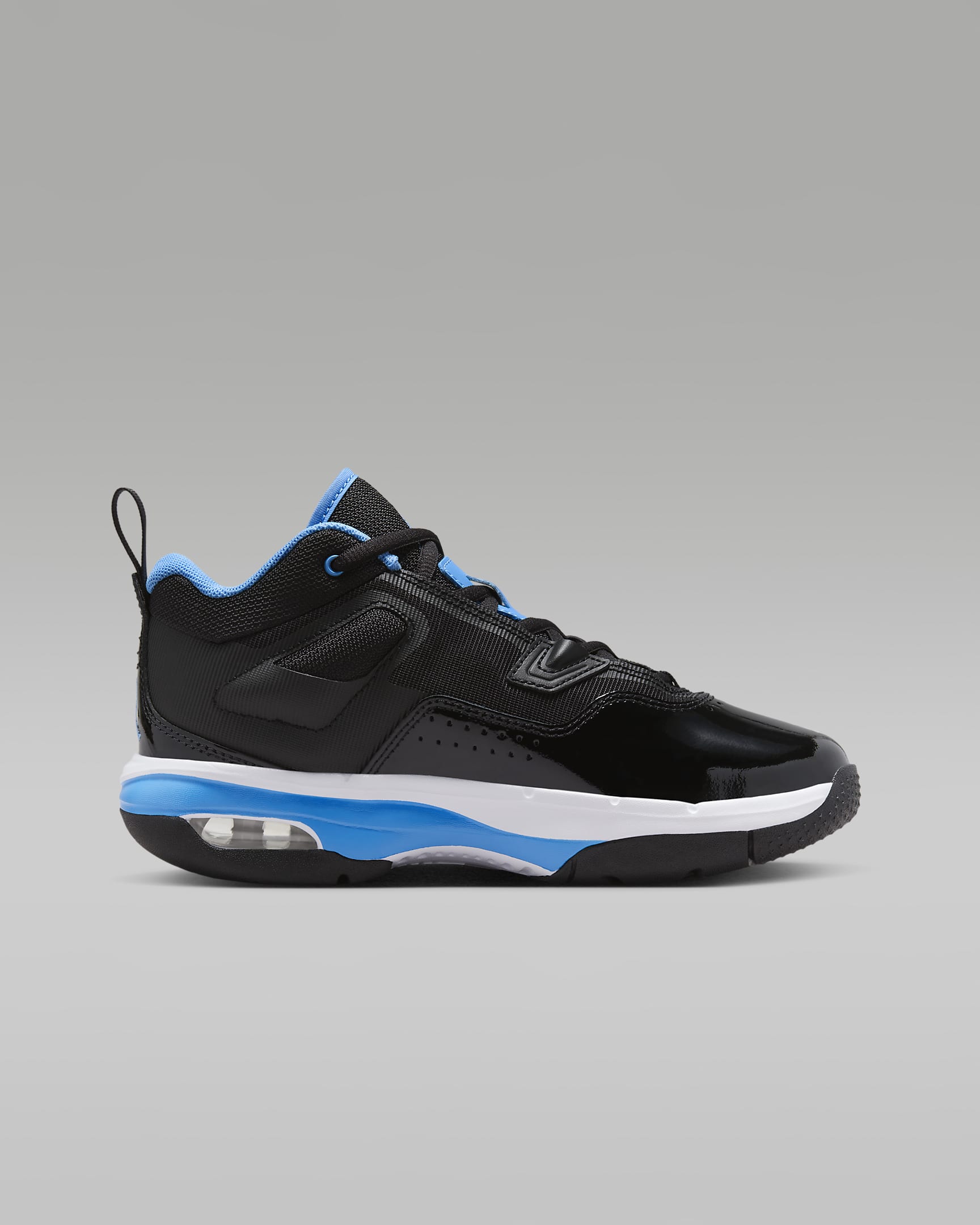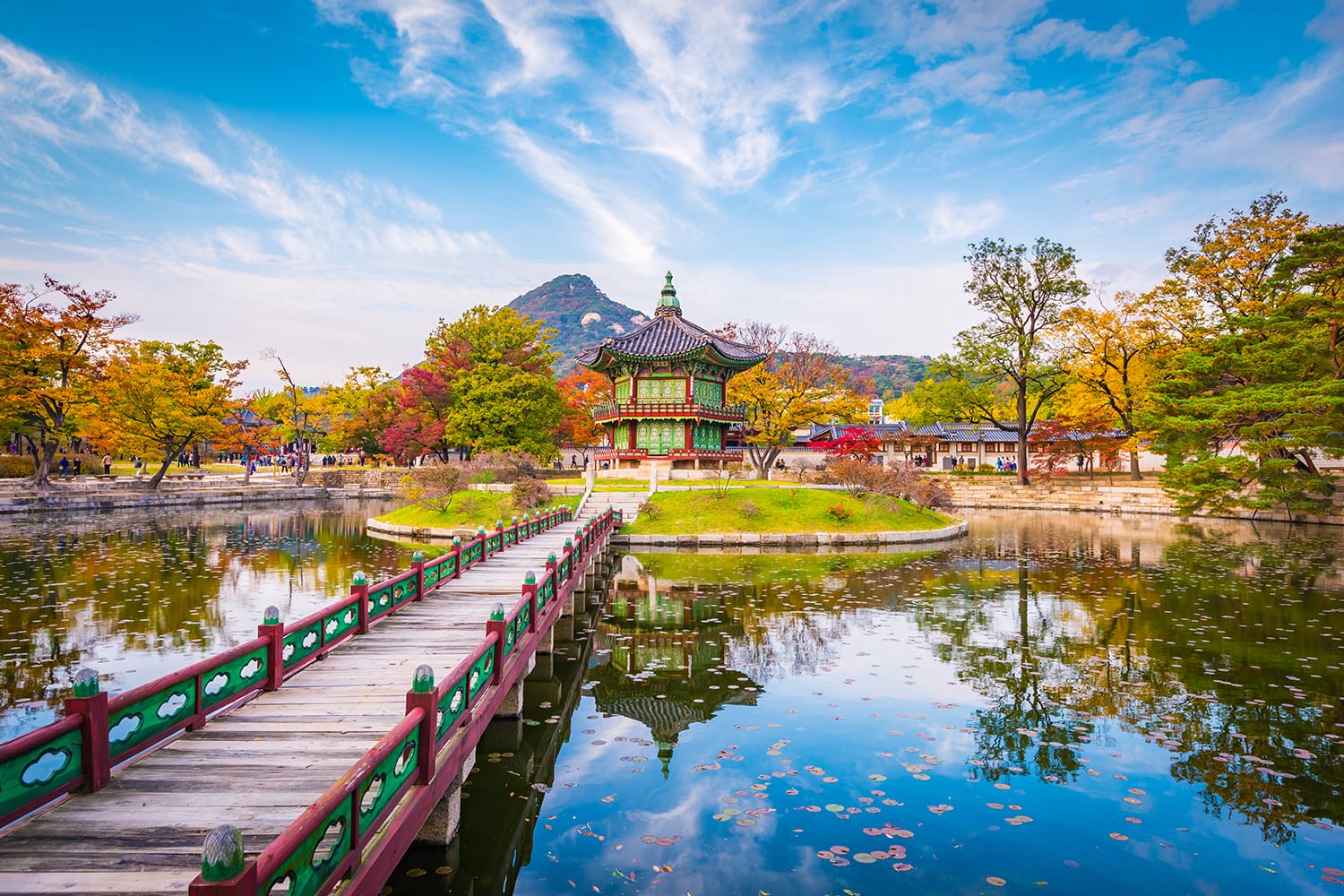
South Korea, a nation where ancient traditions dance gracefully with hyper-modern innovation, has rapidly ascended to the top of many a traveler’s bucket list. From the pulsating energy of Seoul’s neon-lit streets to the serene beauty of Jeju Island’s volcanic landscapes, this dynamic country offers an unparalleled journey. Whether you’re drawn by K-pop and K-drama, a rich historical tapestry, a burgeoning tech scene, or simply the promise of delicious street food, South Korea promises an unforgettable adventure.
This comprehensive guide will walk you through everything you need to know to plan your trip, covering top attractions, its captivating history, essential travel tips, accommodation options, transportation, and the best time to visit.
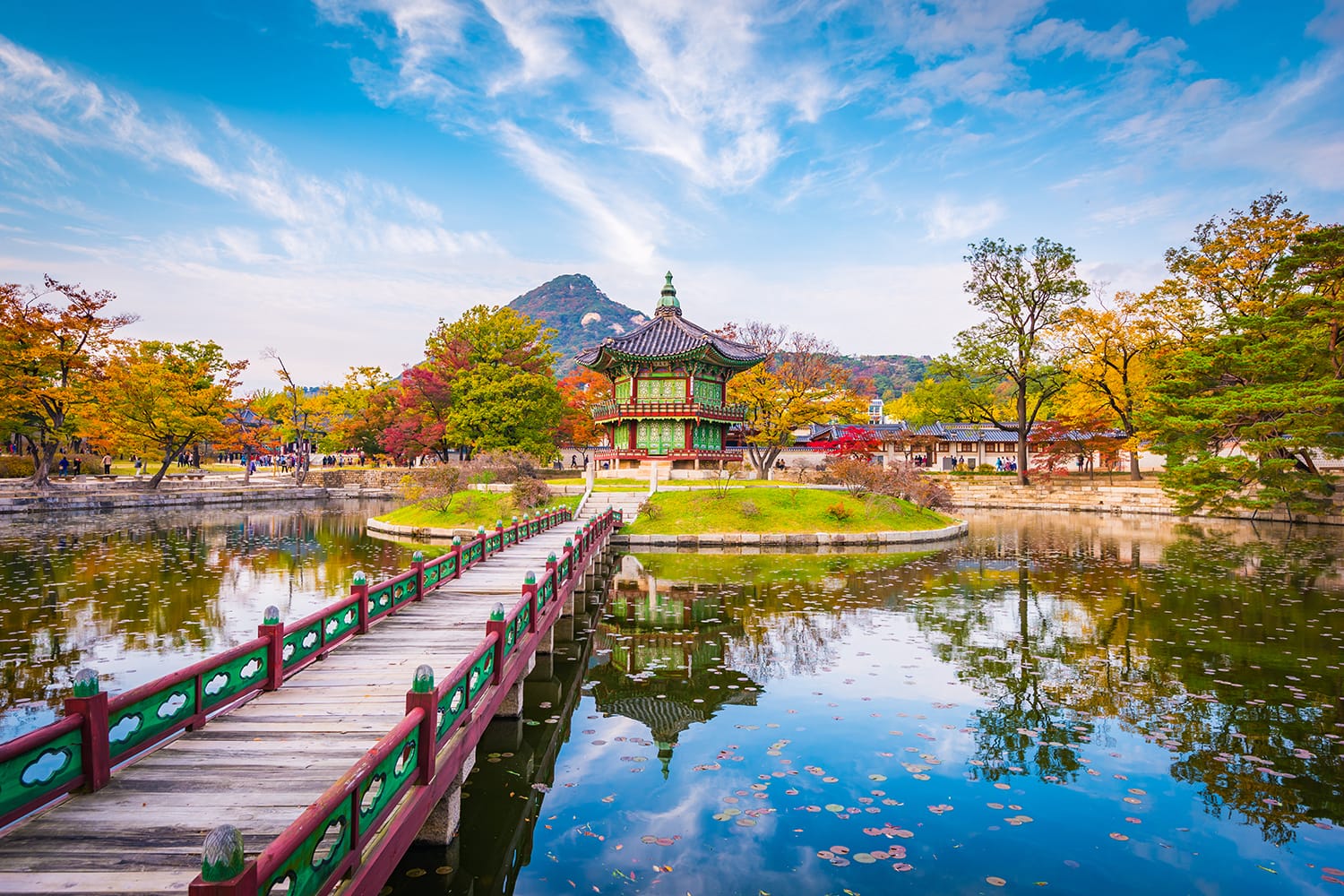
Related Articles about The Land of Morning Calm: Your Comprehensive Guide to Traveling South Korea:
- Osaka: A Culinary Capital and Cultural Kaleidoscope
- Unveiling India: A Tapestry of Experiences
- Buenos Aires: A Tango of Culture, History, and Unforgettable Experiences
- Romania: A Tapestry of History, Mystery, and Untamed Beauty – Unveiling Its Top Attractions
- Turkey: A Tapestry of Wonders – Unveiling Its Top Attractions, Rich History, and Essential Travel Guide
Pre-Departure Essentials: Planning Your Korean Adventure
Before you even book your flight, a few crucial steps need attention:
-
Visa Requirements: South Korea offers visa-free entry for citizens of many countries for short stays (typically 30 to 90 days). However, since September 2021, most visa-exempt foreign nationals are required to obtain a K-ETA (Korea Electronic Travel Authorization) before entering the country. It’s an online application and usually processed within 72 hours. Always check the latest visa policies and K-ETA requirements specific to your nationality on the official Korean government websites or through your local embassy.
-
Flights: The primary international gateway is Incheon International Airport (ICN), consistently ranked among the world’s best. Located just an hour from Seoul, it’s a marvel of efficiency and modern design. You can also fly into Gimpo International Airport (GMP) for domestic flights or some regional international routes. Direct flights are available from major cities worldwide.
-
Travel Insurance: As with any international trip, comprehensive travel insurance is highly recommended. It should cover medical emergencies, trip cancellations, lost luggage, and other unforeseen circumstances.
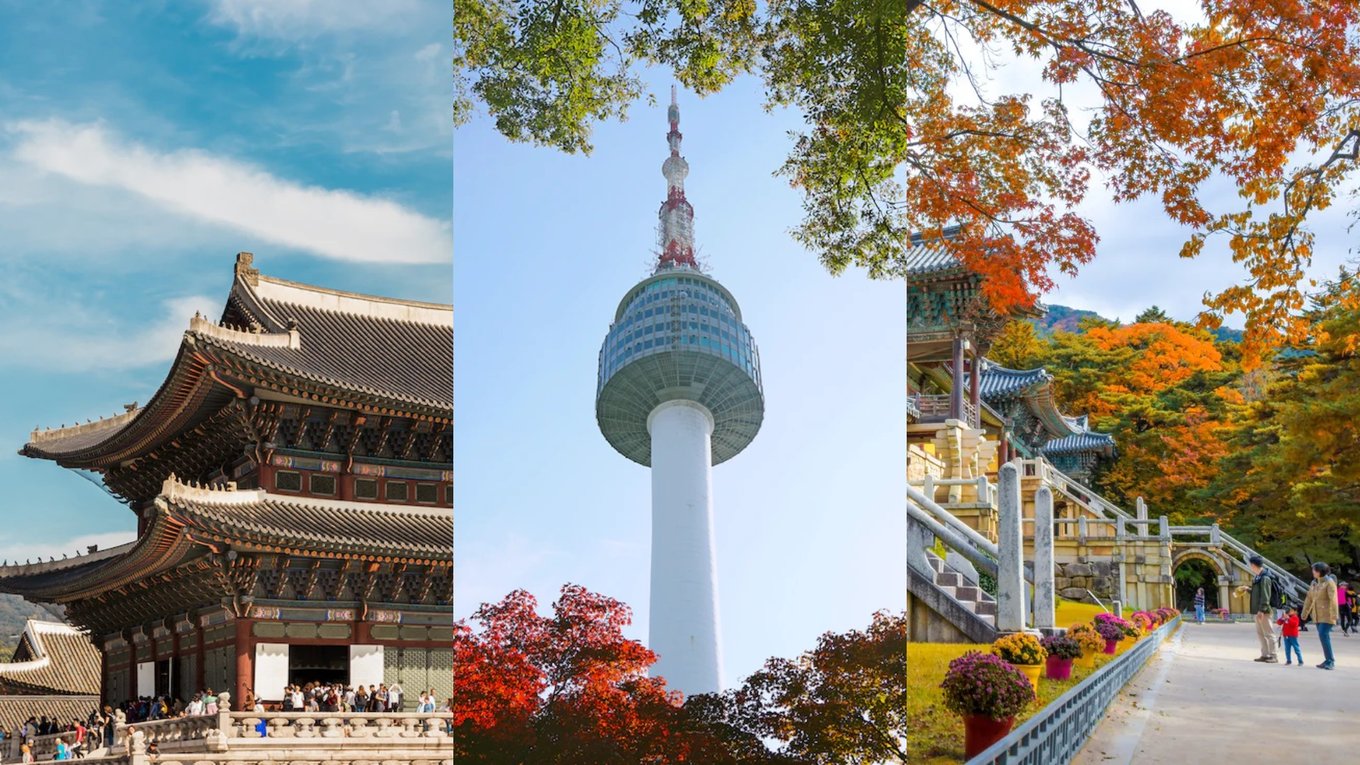
Getting Around: Navigating Korea with Ease
South Korea boasts an incredibly efficient and well-developed transportation network, making it a breeze to explore.
-
Public Transportation in Cities:
- Subway (Jihacheol): Seoul and Busan have extensive, clean, and punctual subway systems that are incredibly easy to navigate, with English signage and announcements. This is often the quickest and most cost-effective way to get around major cities.
- Buses (Beoseu): City buses complement the subway, reaching areas not covered by train lines. They are categorized by color (blue for main routes, green for local, red for express, yellow for circular in central Seoul). While comprehensive, they can be a bit more challenging for non-Korean speakers than the subway.
-
Intercity Travel:
- KTX (Korea Train eXpress): South Korea’s high-speed rail system is fantastic for traveling between major cities like Seoul, Busan, Gyeongju, and Daejeon. It’s fast, comfortable, and efficient. Booking in advance, especially during holidays, is recommended. A Korea Rail Pass (KR Pass) can be a cost-effective option for frequent train travelers.
- SRT (Super Rapid Train): Another high-speed train option operating on some routes, often slightly cheaper than KTX.
- Intercity Buses: A vast network of intercity and express buses connects virtually every town and city in South Korea. They are generally comfortable, reliable, and more economical than trains, though slower.
- Domestic Flights: For longer distances, especially to Jeju Island, domestic flights from Gimpo (GMP) are a popular and quick option.
-
Payment & Apps:
- T-Money Card: This rechargeable public transportation card is indispensable. Purchase it at convenience stores or subway stations and load it with money. It works on subways, buses, and even some taxis and convenience stores nationwide.
- Kakao T / Naver Maps: While Google Maps is limited in South Korea, Kakao Maps and Naver Maps are essential for navigation. Download them before you go. Kakao T is the local equivalent of Uber for taxis.
- Taxis: Readily available in cities. While English-speaking drivers are becoming more common, having your destination written in Korean or using a translation app is helpful.
Accommodation Options: From Traditional to Trendy
South Korea offers a wide array of lodging to suit every budget and travel style:
- Luxury Hotels: International chains (e.g., Four Seasons, Conrad) and prestigious Korean brands (e.g., Lotte, Shilla, Grand Hyatt) offer world-class service, amenities, and often stunning city views, particularly in Seoul and Busan.
- Mid-Range Hotels: Plenty of comfortable and stylish options like Novotel, Mercure, or local boutique hotels provide excellent value with modern facilities.
- Budget Accommodation:
- Hostels/Guesthouses: Abundant in popular areas like Hongdae and Insadong, offering dorms and private rooms, often with communal spaces perfect for solo travelers.
- Motels (Motel): Often designed for couples, these are widely available and can be surprisingly clean, modern, and affordable, especially outside of major tourist hubs.
- Traditional Hanok Stays: For a truly unique cultural experience, stay in a hanok (traditional Korean house). Many have been converted into charming guesthouses, offering a glimpse into historical Korean living, often with underfloor heating (ondol) and futon-style bedding. Bukchon Hanok Village in Seoul or parts of Jeonju are excellent places for this.
- Airbnb/Serviced Apartments: A popular choice for groups or longer stays, offering more space and kitchen facilities.
Best Time to Visit: Embracing Korea’s Seasons
South Korea experiences four distinct seasons, each offering a different charm:
- Spring (March to May): Arguably the most popular time to visit. The weather is mild and pleasant, and the country explodes with cherry blossoms in late March to mid-April, followed by azaleas and other vibrant flowers. Expect larger crowds and higher prices.
- Summer (June to August): Hot and humid, with the monsoon season (jangma) typically occurring from late June to late July, bringing heavy rainfall. Despite this, it’s popular for beach holidays, particularly in Busan and Jeju, and for hiking in lush national parks.
- Autumn (September to November): Another highly recommended season. The weather is crisp, dry, and cool, and the mountains and parks transform into a breathtaking tapestry of red, orange, and yellow foliage. Ideal for hiking and exploring.
- Winter (December to February): Cold and dry, with temperatures often dropping below freezing, especially in the north. Snowfall is common, creating picturesque landscapes. It’s an excellent time for winter sports like skiing and snowboarding, with resorts opening across the country. Major cities are also beautifully decorated for the holidays.
A Brief Glimpse into History: Understanding Korea’s Roots
South Korea’s history is as rich and complex as its modern-day dynamism. From ancient kingdoms to colonial occupation and the division of the peninsula, its past deeply influences its present.
- Ancient Kingdoms: For centuries, the Korean peninsula was ruled by various powerful dynasties, most notably the Three Kingdoms (Goguryeo, Baekje, and Silla), which eventually unified under Silla in the 7th century. The Goryeo Dynasty (where the name "Korea" originates) followed, flourishing from the 10th to 14th centuries, known for its advancements in celadon pottery and printing.
- Joseon Dynasty (1392-1910): This was Korea’s last and longest-ruling dynasty, establishing Seoul (then Hanyang) as its capital. It was a period of significant cultural and scientific development, including the creation of the Korean alphabet, Hangeul, under King Sejong the Great. Many of Seoul’s palaces and traditional villages date from this era.
- Colonial Period & Division (1910-1950s): The early 20th century saw Korea endure a brutal 35-year occupation by Imperial Japan. After Japan’s defeat in WWII, Korea was divided along the 38th parallel, leading to the devastating Korean War (1950-1953). The armistice established the Demilitarized Zone (DMZ), and the peninsula remains technically at war.
- Modern Korea: Post-war, South Korea experienced an "economic miracle," transforming from an impoverished nation into one of the world’s leading economies and a global cultural powerhouse. This rapid modernization has shaped its unique blend of tradition and futurism.
Top Attractions: Must-See Sights Across the Country
South Korea offers an incredible diversity of attractions. Here’s a curated list:
In and Around Seoul: The Heart of Korea
- Gyeongbokgung Palace: The grandest of Seoul’s Five Grand Palaces, built in 1395 during the Joseon Dynasty. Witness the Royal Guard Changing Ceremony, explore the majestic grounds, and visit the National Folk Museum of Korea located within.
- Changdeokgung Palace & Huwon (Secret Garden): A UNESCO World Heritage site, known for its beautiful traditional architecture harmoniously integrated with the natural landscape. The Secret Garden is particularly stunning in autumn.
- Bukchon Hanok Village: Nestled between Gyeongbokgung and Changdeokgung, this charming village features hundreds of traditional hanok houses, offering a picturesque glimpse into Seoul’s past.
- Insadong: A cultural hub known for its traditional tea houses, art galleries, antique shops, and street vendors selling crafts and snacks.
- Myeongdong: A bustling shopping mecca famous for K-beauty products, fashion, and an incredible array of street food stalls. It truly comes alive at night.
- N Seoul Tower (Namsan Tower): Perched atop Namsan Mountain, this iconic landmark offers panoramic views of Seoul, especially at sunset and night.
- Dongdaemun Design Plaza (DDP): A futuristic architectural marvel designed by Zaha Hadid, hosting fashion shows, exhibitions, and design-related events.
- Hongdae: A vibrant neighborhood teeming with youthful energy, indie music venues, street performers, quirky cafes, and trendy shops. Perfect for nightlife and people-watching.
- Gangnam: Experience the modern, upscale side of Seoul, known for luxury shopping, plastic surgery clinics, and entertainment agencies. Visit COEX Mall with its famous Starfield Library and the SM Town Coex Artium for K-pop fans.
- DMZ (Demilitarized Zone): A poignant and historically significant area separating North and South Korea. Tours typically include sites like the Third Infiltration Tunnel, Dora Observatory (with views into North Korea), and Imjingak Park. A visit here offers a powerful insight into the ongoing division.
Beyond Seoul: Exploring Diverse Landscapes & Histories
- Busan: South Korea’s second-largest city and a vibrant port.
- Haeundae Beach: Famous for its wide sandy beach and bustling atmosphere.
- Gamcheon Culture Village: A colorful "Machu Picchu of Busan," an artistic village clinging to a hillside.
- Jagalchi Fish Market: Korea’s largest seafood market, a sensory overload of fresh catches.
- Beomeosa Temple: A beautiful ancient Buddhist temple nestled in the mountains.
- Gyeongju: The ancient capital of the Silla Kingdom, a UNESCO World Heritage city often called "the museum without walls."
- Bulguksa Temple & Seokguram Grotto: Masterpieces of Buddhist art and architecture.
- Daereungwon Tomb Complex (Cheonmachong Tomb): Explore ancient burial mounds, some open to the public.
- Anapji Pond (Donggung Palace and Wolji Pond): A beautiful royal garden pond, especially enchanting when lit up at night.
- Jeju Island: A volcanic island off the southern coast, a UNESCO World Heritage site known for its unique natural beauty.
- Hallasan National Park: Home to South Korea’s highest mountain, an extinct volcano with stunning hiking trails.
- Seongsan Ilchulbong Peak (Sunrise Peak): An iconic volcanic crater offering spectacular sunrise views.
- Manjanggul Cave: One of the finest lava tunnels in the world.
- Jusangjeolli Cliff: Hexagonal basalt columns formed by volcanic eruptions.
- Jeonju: Known for its beautifully preserved Jeonju Hanok Village, a UNESCO City of Gastronomy. It’s the birthplace of bibimbap and offers numerous traditional cultural experiences, from papermaking to makgeolli (rice wine) tasting.
- Sokcho & Seoraksan National Park: For nature lovers, Seoraksan offers some of Korea’s most stunning mountain scenery, especially during autumn foliage. Sokcho is a coastal city providing a great base for exploring.
Essential Travel Tips for a Smooth Journey
- Language: While basic English is spoken in major tourist areas, learning a few Korean phrases (hello: Annyeonghaseyo, thank you: Kamsahamnida, excuse me: Joesonghamnida) will go a long way. Download Papago, Naver’s excellent translation app.
- Currency: The official currency is the Korean Won (KRW). Credit cards are widely accepted, even for small purchases. ATMs are ubiquitous, but ensure your card is enabled for international transactions. Tipping is not customary in South Korea.
- Connectivity: Stay connected with ease. You can rent a portable Wi-Fi egg at the airport, purchase a local SIM card (check if your phone is unlocked), or use an eSIM service. Free public Wi-Fi is also widely available.
- Etiquette:
- Bowing: A slight bow is a common greeting and sign of respect.
- Shoes: Remove your shoes when entering homes, some restaurants, and traditional guesthouses (hanok stays).
- Public Transport: Offer your seat to the elderly, pregnant women, or those with young children. Avoid loud conversations on phones.
- Dining: Don’t stick your chopsticks upright in your rice (resembles an offering at funerals). It’s common to share dishes.
- Food & Drink: South Korean cuisine is a highlight. Don’t miss Korean BBQ, bibimbap, kimchi jjigae, tteokbokki (spicy rice cakes), mandu (dumplings), and the incredible variety of street food. Soju (rice liquor) and makgeolli (rice wine) are popular alcoholic beverages.
- Safety: South Korea is an incredibly safe country with very low crime rates. You can generally feel comfortable walking alone at night, even in cities.
- Shopping: Tax-free shopping is available for tourists at many major department stores and duty-free shops. Look for "Tax Free" signs.
- Packing: Depending on the season, pack layers. Comfortable walking shoes are a must. Bring adapters for Type F (Schuko) or Type C (Europlug) sockets.
Conclusion
South Korea is a country that captivates and surprises at every turn. Its seamless blend of ancient heritage and futuristic vision creates a travel experience unlike any other. From the serene beauty of its temples and mountains to the electrifying energy of its cities, and the warmth of its people, Korea leaves an indelible mark on every visitor. With this guide in hand, you’re well-equipped to embark on your own unforgettable journey to the Land of Morning Calm. So, pack your bags, prepare your palate, and get ready to be charmed by the wonders of South Korea.
